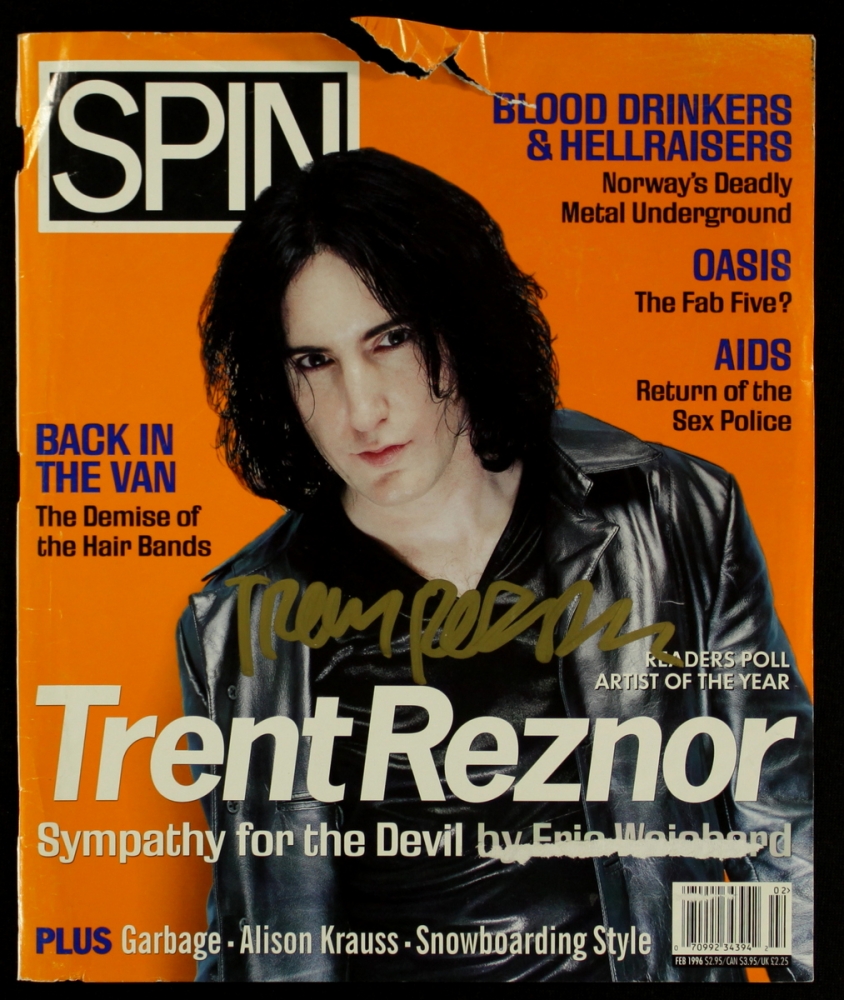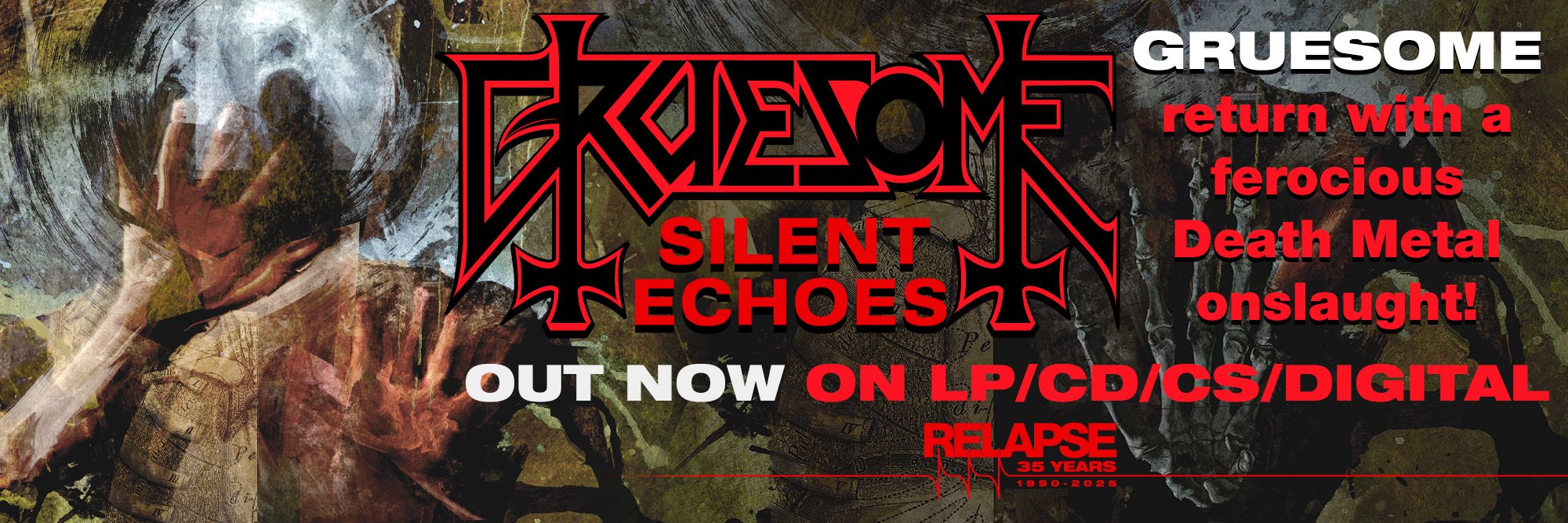
A few weeks back, the Lords of Chaos 3D: The Motion Picture started its promotional cycle, turning it from a much-maligned, decade long-joke into a much-maligned sign of the end times for black metal. As someone who’s been involved in black metal for a few decades, this paranoia sort of seems like Y2K or the Hale-Bopp Comet. I’d go as far as calling it the “Hail Bop” moment for black metal, but that sort of humor was foretold in one of the previous instances as a predictor that the genre was over.
As a scholar of useless nonsense that’ll never get me out of a career in retail, I’ve been compiling these moments for years so that one day I could tell you its rich and storied history. Today, my friends, is that day. All dates are as close to legitimate as possible, at least as far as I feel like Googling them, and all instances are as close to factual, at least as far as I actually care. It’s all chronological, mostly so people who weren’t actually there can tell me I’m full of shit. I’m trying to only list important events, so things like “Varg Vikernes gets a YouTube Channel,” while unfortunate, did not get a place on the podium. Please be sure to cite me when you use this for future scholastic work.
Celtic Frost releases Cold Lake, 1988
Cold Lake, if Tom G Warrior’s dryly written autobiography is to be believed, was not done as a cash grab to what was popular at the time, a la Grave New World (another sub-genre’s D-Day), but rather because he was exhausted from all the spooky shit he’d been writing and recording for the previous six years. It arrived with a thud, sort of like throwing a full diaper out a third story window, and signified the first, out of many times, young harsh metal fans were shown what a fucking depressing world we truly live in. See also: Quorthon releases a solo record (1993).
Dead Kills Himself Because Obituary Wore Sweatshorts, circa 1991
I know that’s the narrative Euronymous was trying to push when discussing Dead’s suicide at his marketing meetings, but really it was probably out of guilt for microwaving that guinea pig. See also: Burzum makes a record that sounds like the underwater levels in Super Mario Bros because of ethical disagreements with what black metal had become. (1996-2008, 2012-current)
Euronymous revealed to be a briefs not boxers man, Kerrang! becomes tabloid, circa 1993
I’m not going to talk about this like I was at all there; I was like thirteen or fourteen, so I can only go off what people who were also not involved told me a year or two later when black metal became the central theme of my life. But you can see how a deeply underground movement would be shaken by an expose that revealed their existence to a larger world. Between this and all the media attention from the church burnings and hundreds of bands springing up, you could almost see Euronymous’ epitaph reading “Ever get the feeling you’ve been cheated?” See also: Norse Sweater Models (1990-1993)
America Discovers Black Metal, circa 1989-1995
OK, this isn’t as chronological but it’s a longer process. Longer still if you add in N.M.E, but that’s another story for another day. American black metal from this period is fucking amazing. Listening to Demoncy or Profanatica still gives me the same feelings that I got when I was a teenager, they’re like Nugenix for the black metal soul. But the rest of the world resisted American black metal like we were trying to shove our dicks at them (which, in the case of Profanatica, we did). Europe felt we had no place in the greater scene and no cultural understanding because we’re a nation of dunces. Boy did we prove them wrong, right, guys? Fuck. See also: Israel’s first black metal band, Salem. (mid 1980’s)
Spin Publishes Piece on Norway’s Black Metal Scene Years After Anyone Killed Anyone, 1996
This was the first moment black metal got any kind of mainstream media attention in America. It was done with spooky (and expensive looking) photography and a lot of esoteric quotes from Emperor members. Because it also featured Trent Reznor on the cover, this meant hundreds of American teenagers who thought Marilyn Manson and Nine Inch Nails were the most blasphemous shit out there abandoned their lunch boxes for spikes and runes. See also: 10 years later, Spin did a follow up piece but no one really cared. In the same year, Rolling Stone ran a review for the first Twilight record. No one cared either. (2006)

Cradle of Filth Embraces Capitalism, Dimmu Borgir Embraces The Fashion of 1920’s Magicians, circa 1996-current
Remember when the greatest threat to black metal wasn’t having a show tear gassed, but Cradle of Filth having forty different shirt designs? Or how about Dimmu Borgir going from the underground to the overground while one of their members looks like he was ready to pull a rabbit out of his hat as a solo? The fear here was that Cradle of Filth and Dimmu were both very accessible, bridging the gap between something like Rob Zombie and black metal, thus causing an influx of “posers” to get into black metal and corrupt it with commercialization. God I miss those fucking days. See also: Metalocalypse gives George Fischer a career as a voice actor (2005?)
Lords of Chaos Spends 150 pages talking about Absurd and some serial killer in Florida, 1998
Of course I bought it. I even bought the second edition because I thought it might have more about U.S. black metal in it, but it was mostly about some kid who had no affiliation with black metal. It’s also the most unsung source of responsibility for introducing Absurd to America, thus fueling the growing NSBM movement. This book was universally shit on by the people who were there in the old days as being tabloid exploitation. It also set the benchmark for books on black metal spending more time talking about shit that isn’t actually black metal’s music or musicians. The only positive I can say about it is that it made people read but the upcoming movie’s going to nip that in the ass. See also: Nearly Every Book Written About Black Metal By Academics (2000-current)
Stay tuned for A History of the Times Black Metal was Over, Part II






